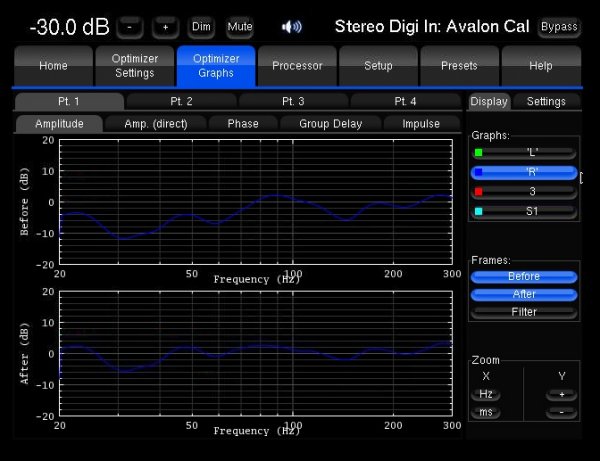It is tempting for consumers to think that by merely putting a panel on the wall they have helped the bass response.
Good bass traps work well, as proven by the Before / After response and ringing I posted earlier in this thread. Those traps were in fact against the wall with no air gap. But you need more than one panel.
The issue there other than accommodating many of them is whether you have made the room too dead because you have substantial amount of absorption at higher frequencies now (and gotten rid of some beneficial reflections).
You really should learn the facts before criticizing the results of someone's products:
RealTraps FAQ page said:One big feature of RealTraps products is their large amount of absorption at very low frequencies, with intentionally less absorption at mid and high frequencies. The very specific curve of absorption versus frequency sets RealTraps apart from all other acoustic treatment manufacturers. This lets you put enough traps in a room to truly solve the problems in the bass range, but without making the room too dead sounding as can happen with panels made of foam or plain fiberglass. (We also have versions that absorb fully at mid and high frequencies when that's appropriate.)
I really hope this is the last time I have to explain this again.
I believe the measurement he has put forward is from his own living room
Again, even minimal reading reveals that all of those test results are from a certified acoustics lab.
I have to say, it gets tiring repeatedly correcting someone who can't be bothered to understand what he's criticizing.
--Ethan



